For Hitoshi Sakimoto, 2007 was one of his most prolific years as a composer. He commented on this particularly busy year in our recent Blast From the Past interview that we republished just last week, with titles that included Final Fantasy XII: Revenant Wings, Grim Grimoire, Deltora Quest, ASH: Archaic Sealed Heat, Final Fantasy Tactics A2, Opoona, and Odin Sphere. It was a good time for Sakimoto fans, and to make the year even more important, 2007 also saw the beginnings of Basiscape.
Odin Sphere also marked the beginning of Sakimoto’s partnership with Vanillaware, who Basiscape would go on to collaborate with on the Muramasa soundtrack that we thoroughly enjoyed earlier this year. Interestingly, if you look at the back of the Odin Sphere game case, you’ll see that Sakimoto’s involvement was used as a selling point for the game, although they misspelled it on the original version of the game (it’s corrected on my greatest hits copy). In any case, this was an interesting score given this time of transition, but you’ll have to read our review to find out whether this played in favor or against of the score.
Hit the jump for our review of Sakimoto and Basiscape’s Odin Sphere soundtrack!
First, a few comments about the Odin Sphere soundtrack as a whole. As one of Basiscape’s first soundtracks, it definitely shows a team in transition, as we get a taste of classic Sakimoto and Iwata composition, but also their old sound. The score is very rough around the edges in comparison to the polished Muramasa soundtrack both in terms of the complexity of the composition and the sound quality. Additionally, the score mainly features a bombastic wall-to-wall sound, which makes sense given the game’s action-oriented gameplay, but as I was playing the game, I remember getting tired of all the constant energy, especially after dying repeatedly on some of the stages and being subjected to the same tracks over and over again.
It’s not all bad though, so let’s get on to the music.
Just like old times, Hitoshi Sakimoto and Masaharu Iwata handle the majority of the score. Starting with Sakimoto, we get a strong taste of his signature style from his days at Squaresoft, which is a good thing in my book. His most important contribution to this soundtrack is the game’s main theme, “ODIN SPHERE’s Theme,” which, while brief at less than 2 minutes in length, is the most memorable theme on the album, taking a light and folksy fantasy approach with vocal work by Noriko Kawahara of the group Sanachie. This theme is used in the follow-up track, “Opening Title,” which opts for a choral style as opposed to the lyrical one used in the previous track, and the reverberating sound on the vocals give the piece an otherworldly quality. Later, “World Map” also tackles this main theme, but does so with a synth choir that isn’t nearly as effective, and “Accepted Destiny” is a somewhat contemplative, but more so heartbreaking arrangement with its slow and rich string sections with lots of vibrato. Another key track of his is “Attic Archive,” which is also heavy on Sakimoto’s signature sound, but is much more upbeat and mischievous.
Iwata handles a number of the stage themes, including both “The Country of Death – Second,” which caught me off guard with its haunting choir, wandering bass notes on the piano, and startling sound effects, and “The Snow Mountain” with its epic melody and heavy use of brass. Later, “The One Left Standing at the World’s End” is a perfect track title for Iwata’s woeful composition. The layered strings drip with despair, which stands out from the other pieces on the soundtrack. Iwata goes for a more playful style with “The Witch Forest – Second,” which uses bells and marimba, and one of my favorite tracks, “Tutorial,” with its bouncy harpsichord melody that is backed by rich strings. The chorus section in “Tutorial” is particularly catchy with its sweet woodwinds and chugging string chops.
Manabu Namiki’s only track, “The Fairy Country – Second” is a playful and repetitive orchestral piece that slowly builds layer upon layer until all of the elements drop out except the melody. It’s a nice track and all, but hearing the same 10 or so second melody repeating for over 4 minutes does tend to get a little irritating.
I’m a big fan of Kimihiro Abe’s work from the recent release of the Kumatanchi soundtrack, and he provides some of my favorite tracks on this album. He seems to have been tasked with creating many of the most energetic and tense pieces of music, including “Ground of Disputed Countries in Ruin,” “Battle in the Labyrinth,” “Fear and Courage,” and “Facing the Darkness” (the final battle theme), each with pounding percussion and powerful string and brass sections. These tracks surprise me with how well Abe is able to mimic Sakimoto’s signature style. He does, however, get a break with “Mysterious Town Pooka,” an upbeat town theme that’s more in line with the team’s work on Opoona with its jumpy pizzicato strings, and “A Quiet Investigation,” which is an angelic piece of music with its swelling string sections and fluttering woodwinds.
Mitsuhiro Kaneda (Abe’s Kumatanchi writing partner) follows Abe’s tracks up with “Ground of Disputed Countries in Ruin – Second” and “Battle in the Labyrinth – Second,” each of which goes in a completely different direction. The dark atmosphere generated by the two tracks are quite a contrast, with the former working in foreboding piano and strings with lots of dissonance, and the latter taking a more instrumental approach with acoustic guitar and piano. He does get in a few action cues with the intense “A Hard Fight and then Hope” and the distressing “Rise to Action and Invasion,” which is one of the final tracks on the album.
The Odin Sphere closes with a number of arrangements, including three versions of the “ODIN SPHERE’s Theme,” and one of “Attic Archive.” Sanachie’s version of “ODIN SPHERE’s Theme” is a much more fleshed out version of the theme coming in at nearly 5 minutes in length, and featuring live instrumentation and the return of Noriko Kawahara’s voice. The heavy echo placed on her voice gives the piece an otherworldly quality. There’s an “Instrumental” version of the main theme, which is the same synth version that acts as the album’s first track sans vocals, and an “Orchestra” version of both the main theme and “Attic Archive” that likely come courtesy of the Eminence Symphony Orchestra, and sound great.
I can’t say that this is Basiscape’s best work, and I can’t say that it even stands up to some of Sakimoto and Iwata’s past collaborations before starting up Basiscape, but Odin Sphere is definitely a great game, and the music fits in with the unique visuals. There’s not much here that will stick with you over the years, but it’s still an interesting piece of history from the early days of Basiscape. One of the things that I love about this album as a physical product is the packaging. Vanillaware does some amazing work, and from the booklet which contains composer profiles and liner notes for each track to the high quality printing on the discs themselves, this album at least looks nice. It was released prior to the formation of Basiscape Records, and was published by 5pb Records back in 2007, but you can still pick it up from CD Japan if you’re interested.
Do you have any thoughts about the Odin Sphere soundtrack looking back? Do you agree that it’s not their strongest work to date?
Tags: 5pb, 5pb Records, Atlus, Basiscape, Hitoshi Sakimoto, Music Reviews, Odin Sphere, Reviews, RPGs, Vanillaware, Videogame





























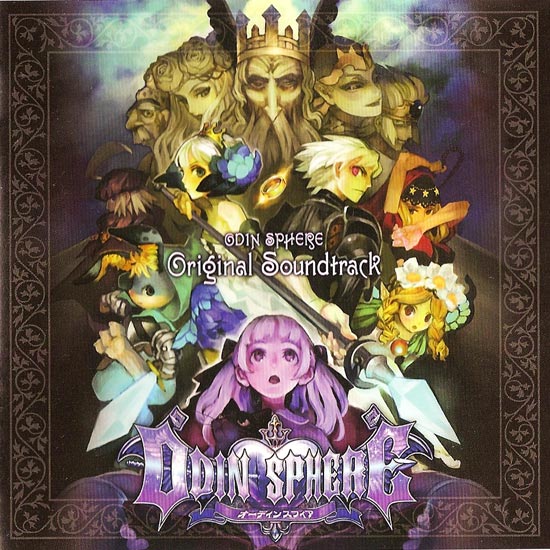
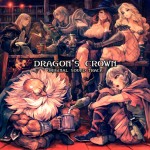
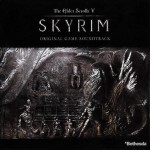
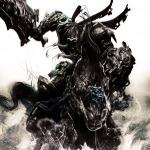
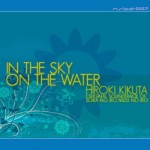







Technically, Sakimoto’s first project with the CEO of Vanillaware was Fantasy Earth. Grim Grimoire was released earlier but if I remember it correctly, Odin Sphere might have been developed first.
Yeah, I think that’s right. Odin Sphere was one of the first they started working on, as I recall a story about Sakimoto being asked to work on it without a lot of pay given that Vanillaware was new. It’s certainly one of their earliest and most well known works with Vanillaware.